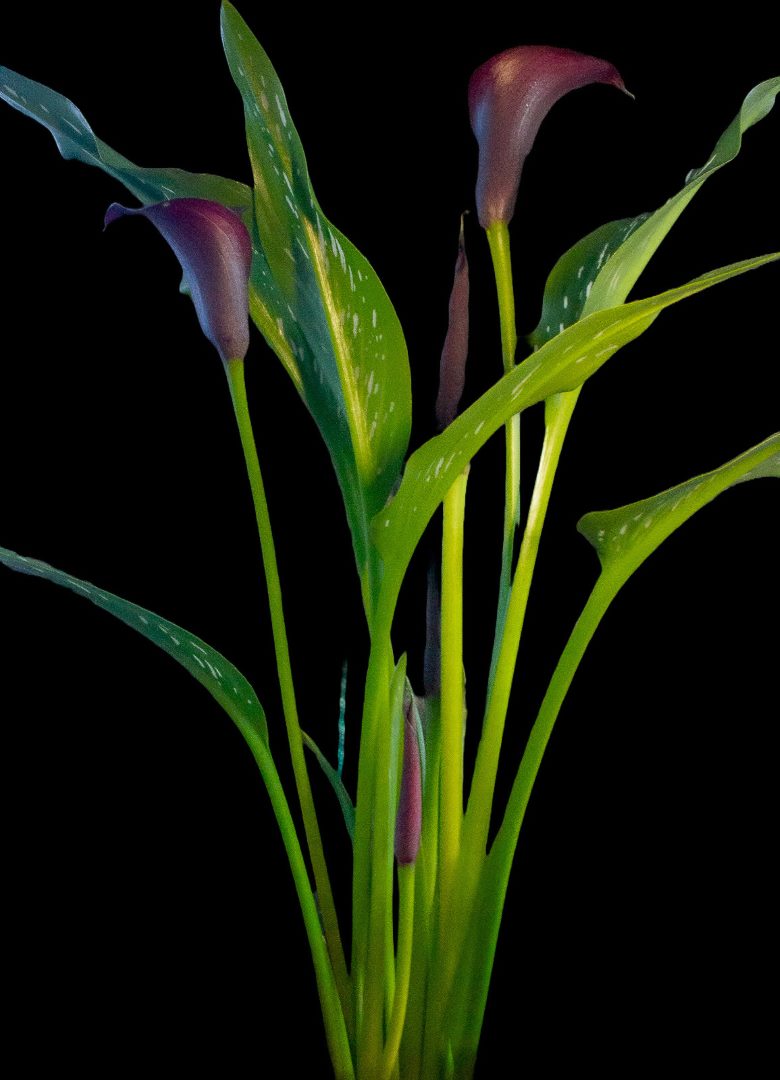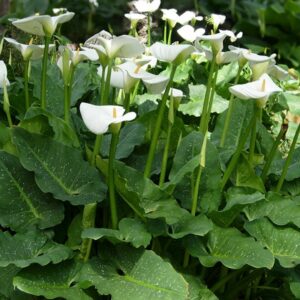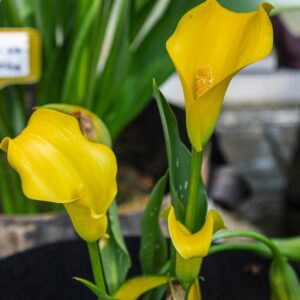Your cart is currently empty!
Calla Plants: A Comprehensive Guide to the Elegant and Majestic Arum Lilies

Introduction
Calla plants, also known as Arum lilies, are renowned for their exquisite trumpet-shaped flowers and lush, glossy foliage. Native to the wetlands of Africa and South America, callas have captivated gardeners and flower enthusiasts alike with their elegance and enduring beauty.
This comprehensive guide will delve into the captivating world of calla plants, exploring their different varieties, cultivation techniques, and care requirements. Whether you’re a seasoned gardener or a novice looking to add a touch of sophistication to your living space, this guide will empower you with the knowledge to cultivate and enjoy these magnificent plants.
Varieties of Calla Plants
The genus Zantedeschia boasts over 20 species of calla plants, each with unique characteristics.
Zantedeschia aethiopica (White Calla Lily)
- Large, pure white flowers
- Bold, trumpet-like shape
- Upright growth habit
Zantedeschia rehmannii (Yellow Calla Lily)
- Striking, golden-yellow flowers
- Funnel-shaped, with a prominent spadix
- Compact growth, ideal for containers
Zantedeschia violacea (Purple Calla Lily)
- Deep, vibrant purple flowers
- Upright stems
- Prefers cooler climates
Cultivation and Care of Calla Plants
Cultivating calla plants is relatively straightforward, but understanding their specific needs is crucial for optimal growth and flowering.
Soil Requirements
Callas thrive in well-drained, moisture-retentive soil, rich in organic matter. A pH range of 6.0 to 7.0 is ideal.
Sunlight
Calla plants prefer partial shade to full sun, depending on the variety. Direct sunlight may scorch the leaves of some species.
Watering
Water calla plants regularly, especially during the growing season. Allow the soil to dry slightly between waterings to prevent overwatering.
Fertilization
Fertilize calla plants monthly during the active growth period with a balanced liquid fertilizer.
Temperature and Humidity
Callas prefer warm temperatures between 60-75°F (16-24°C). They also benefit from high humidity.
Propagation of Calla Plants
Calla plants can be propagated through division or seed.
Division
- In spring or summer, divide crowded clumps using a sharp knife.
- Each division should have at least one tuber and a few leaves.
- Replant the divisions immediately.
Seed
- Sow seeds in a warm, moist seedbed in spring.
- Keep the seeds moist and warm until germination.
- Seedlings will take several months to develop into mature plants.
Troubleshooting Common Calla Plant Problems
Understanding and addressing common problems can help you maintain healthy and thriving calla plants.
Yellowing Leaves
- Causes: Overwatering, poor drainage, or nutrient deficiency
- Solutions: Adjust watering, improve drainage, or fertilize as needed
Soft Rot
- Causes: Bacterial infection due to overwatering or poor drainage
- Solutions: Remove affected plant parts, improve drainage, and use a fungicide
Aphids
- Causes: Small, sap-sucking insects
- Solutions: Use insecticidal soap or neem oil to control infestations
Uses and Benefits of Calla Plants
Beyond their aesthetic appeal, calla plants offer several uses and benefits:
Landscaping
Callas add elegance and height to borders, ponds, and shady areas in gardens.
Cut Flowers
Calla lilies are popular cut flowers for arrangements and bouquets.
Air Purification
Some calla species, such as Z. aethiopica, are known to remove pollutants from the air.
Conclusion
Calla plants are captivating additions to gardens and homes, offering a combination of beauty, grace, and air-purifying benefits. By understanding their varieties, cultivation requirements, and common problems, you can nurture these majestic plants and enjoy their exquisite presence for years to come.
Whether you’re a seasoned gardener or a novice enthusiast, let this comprehensive guide empower you to cultivate and appreciate the timeless elegance of calla plants.








Leave a Reply